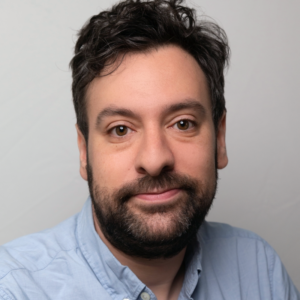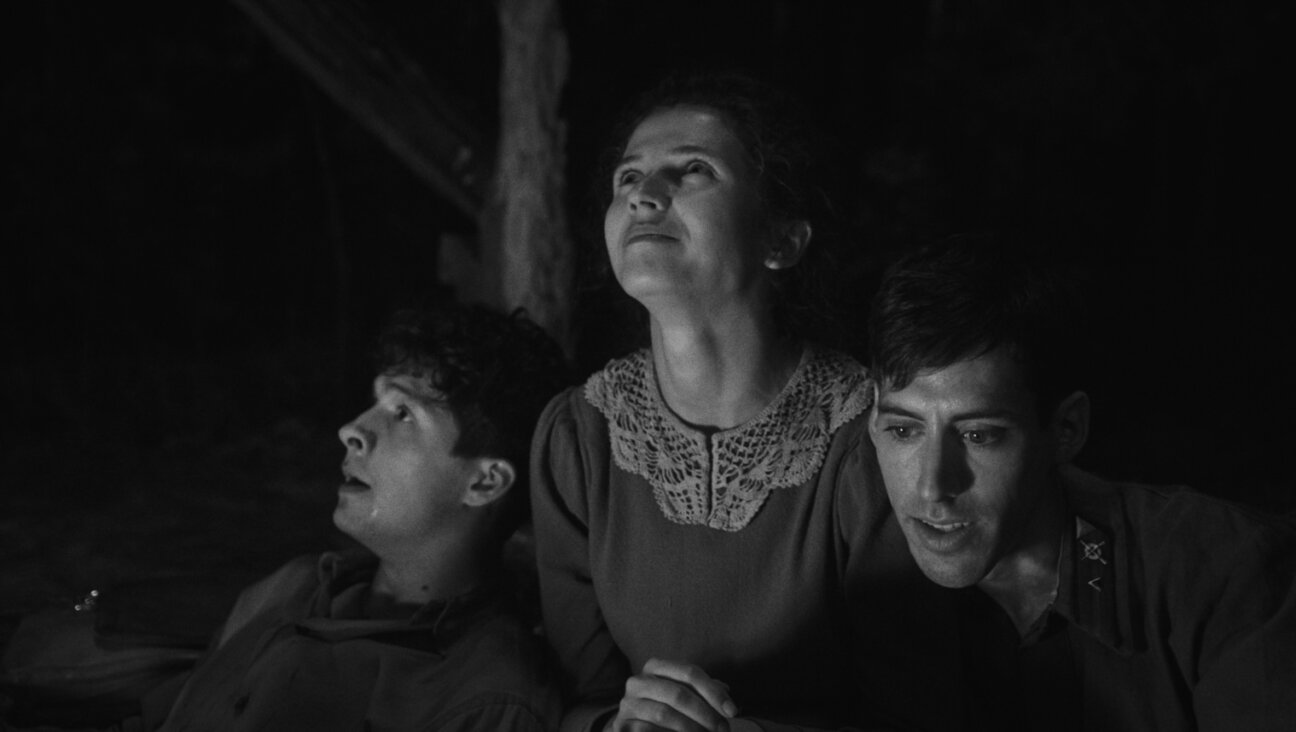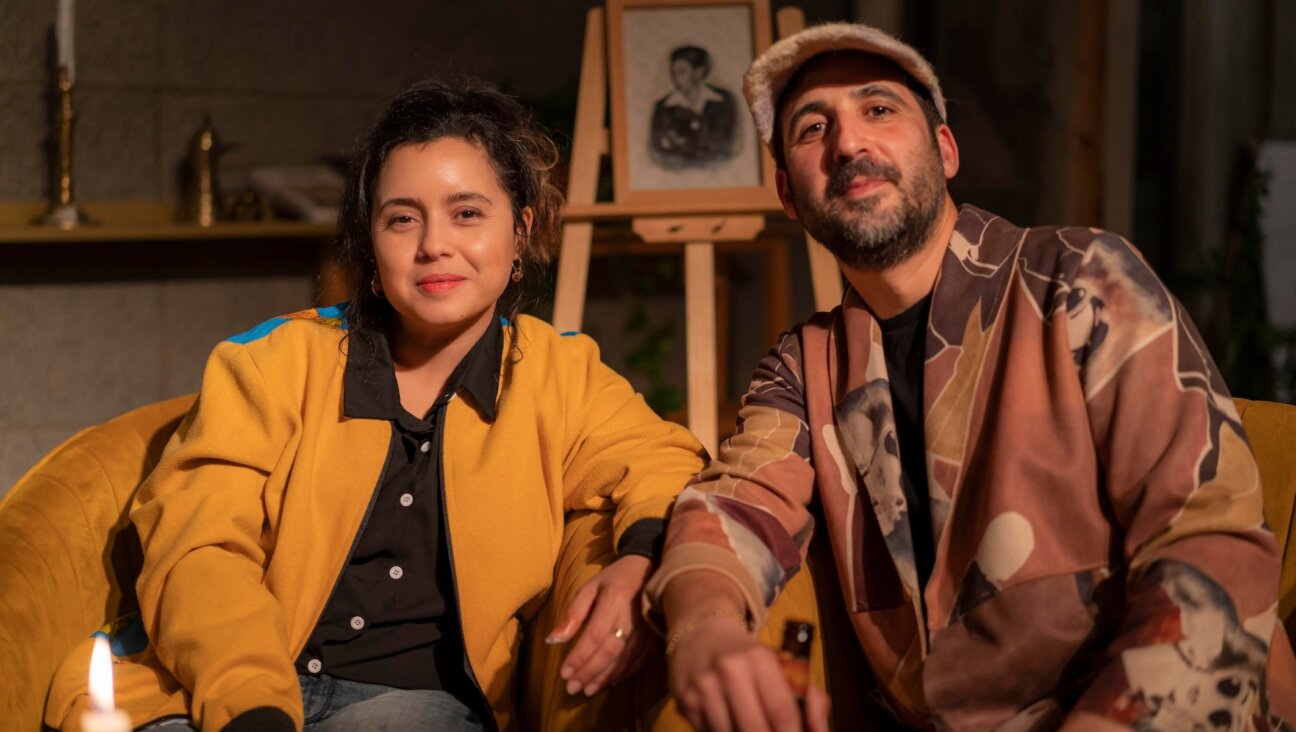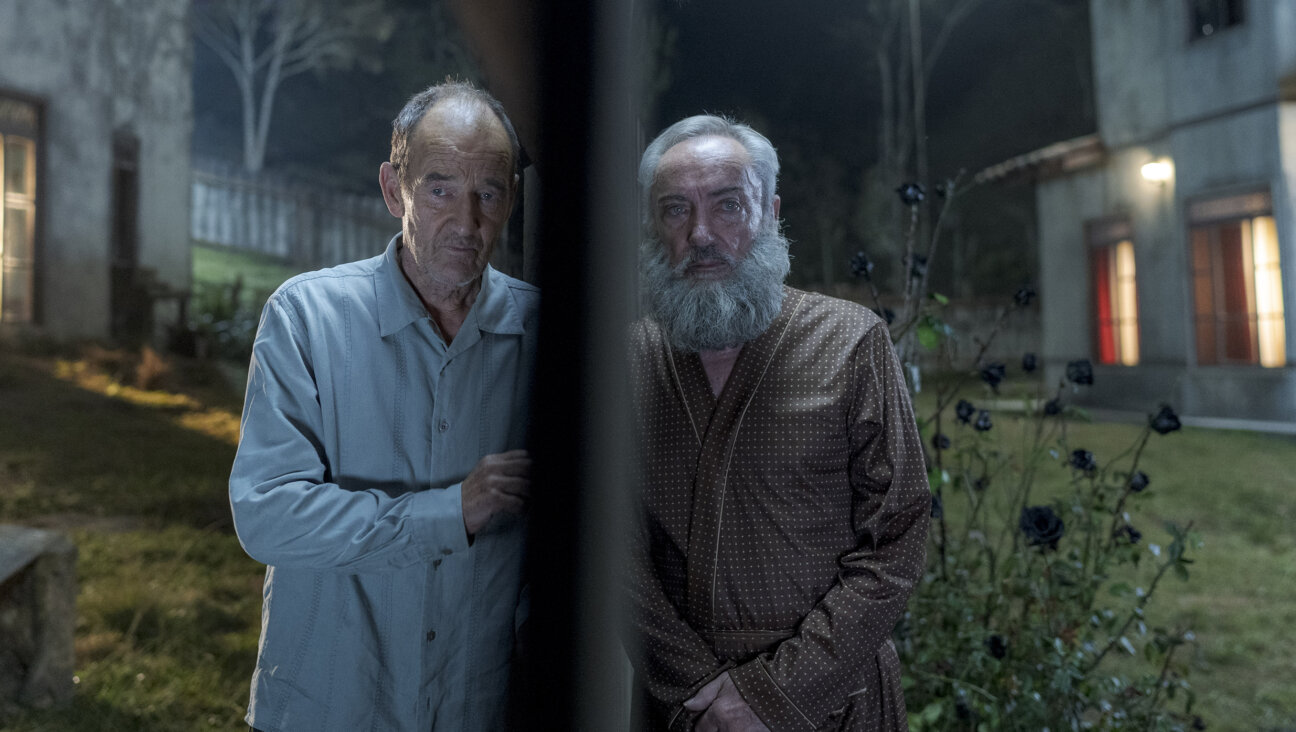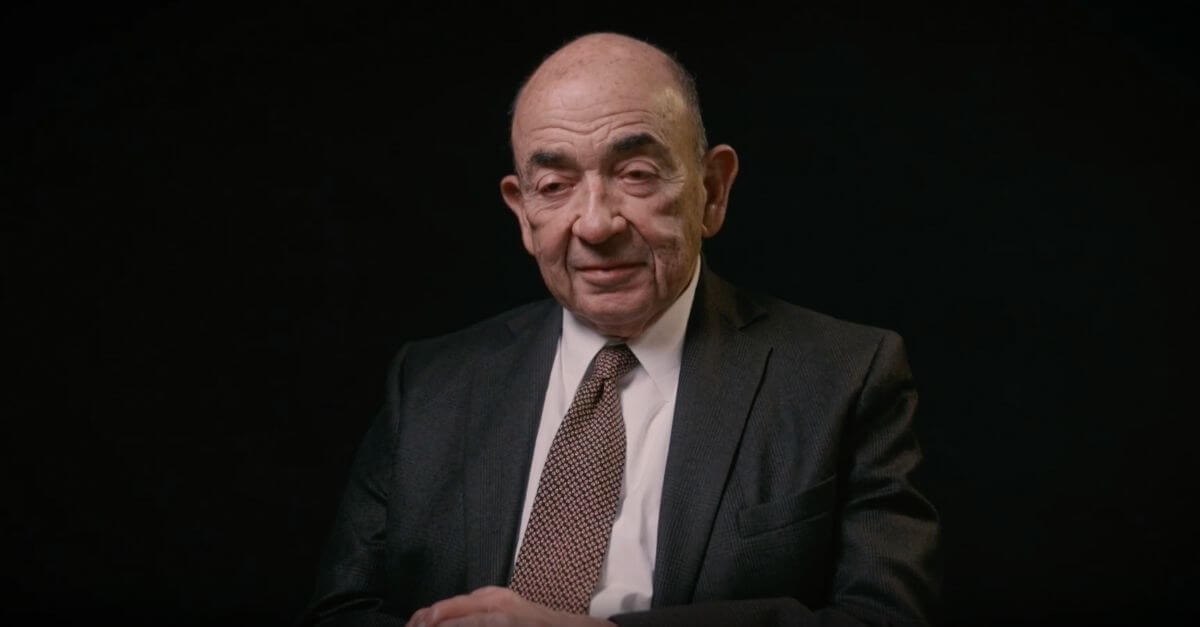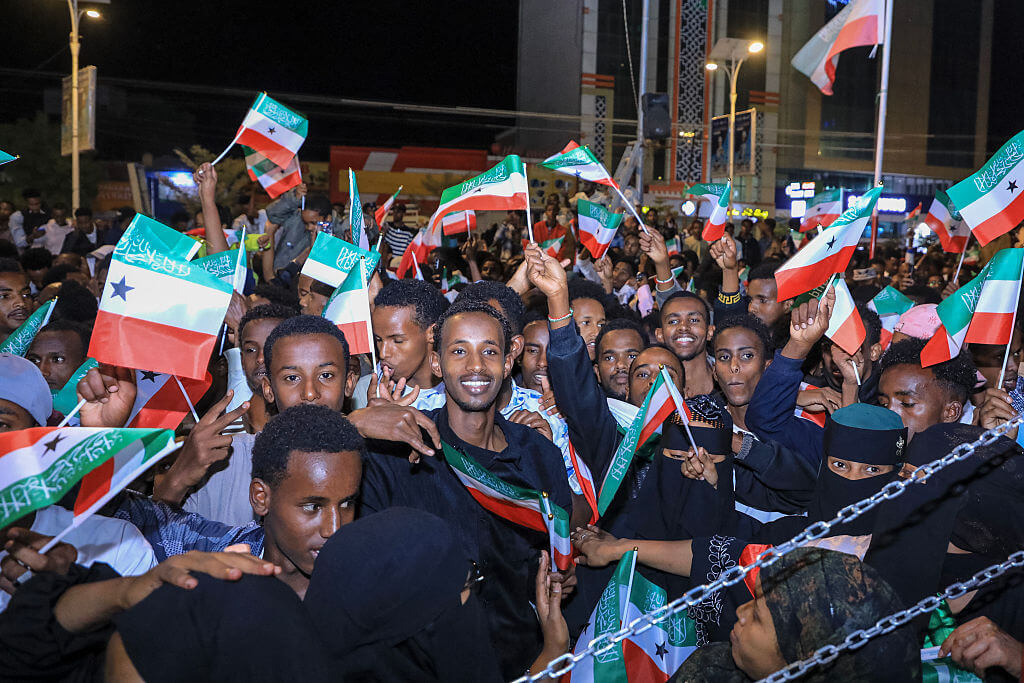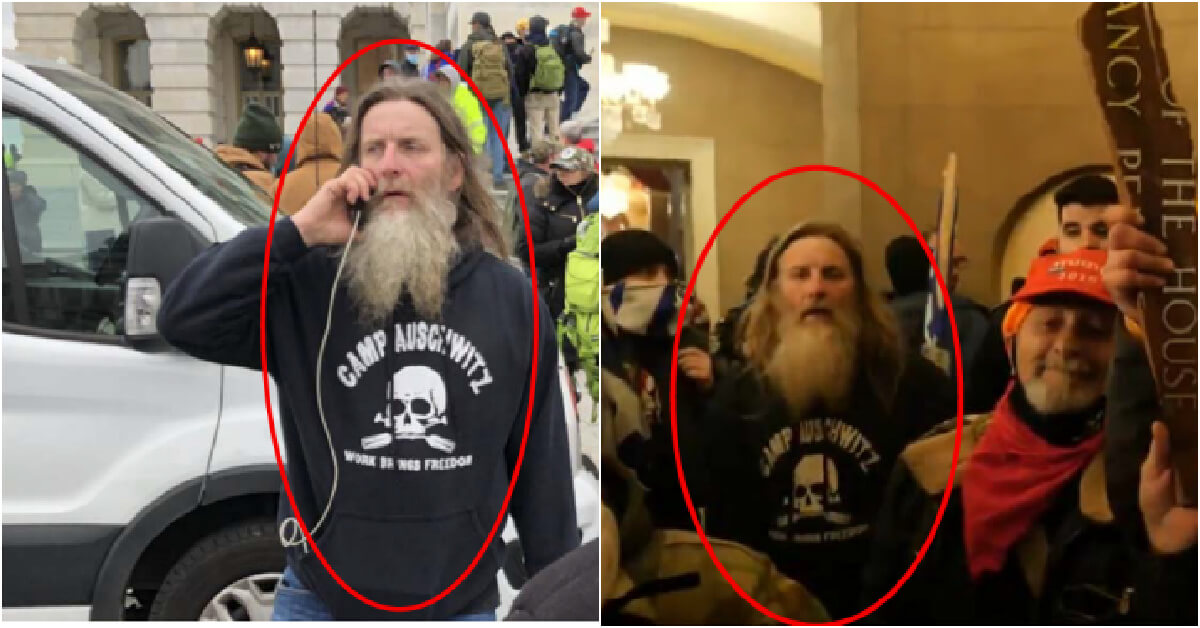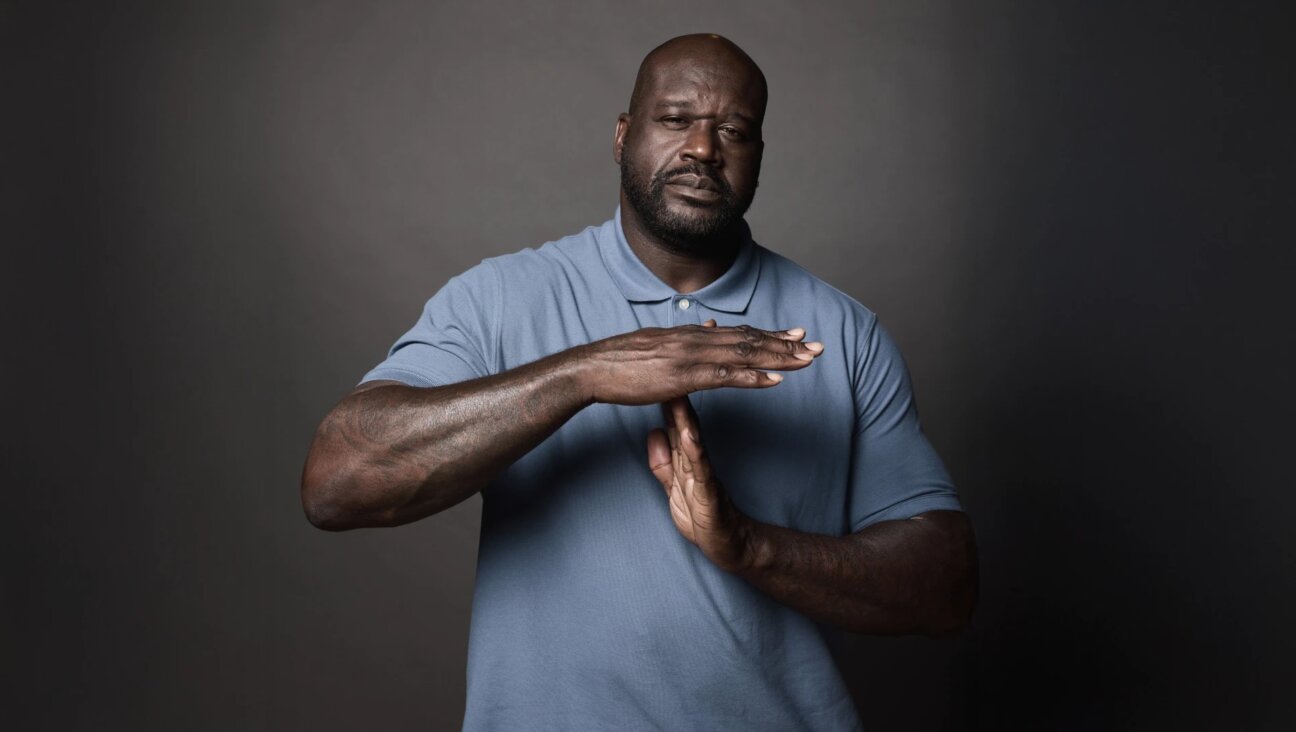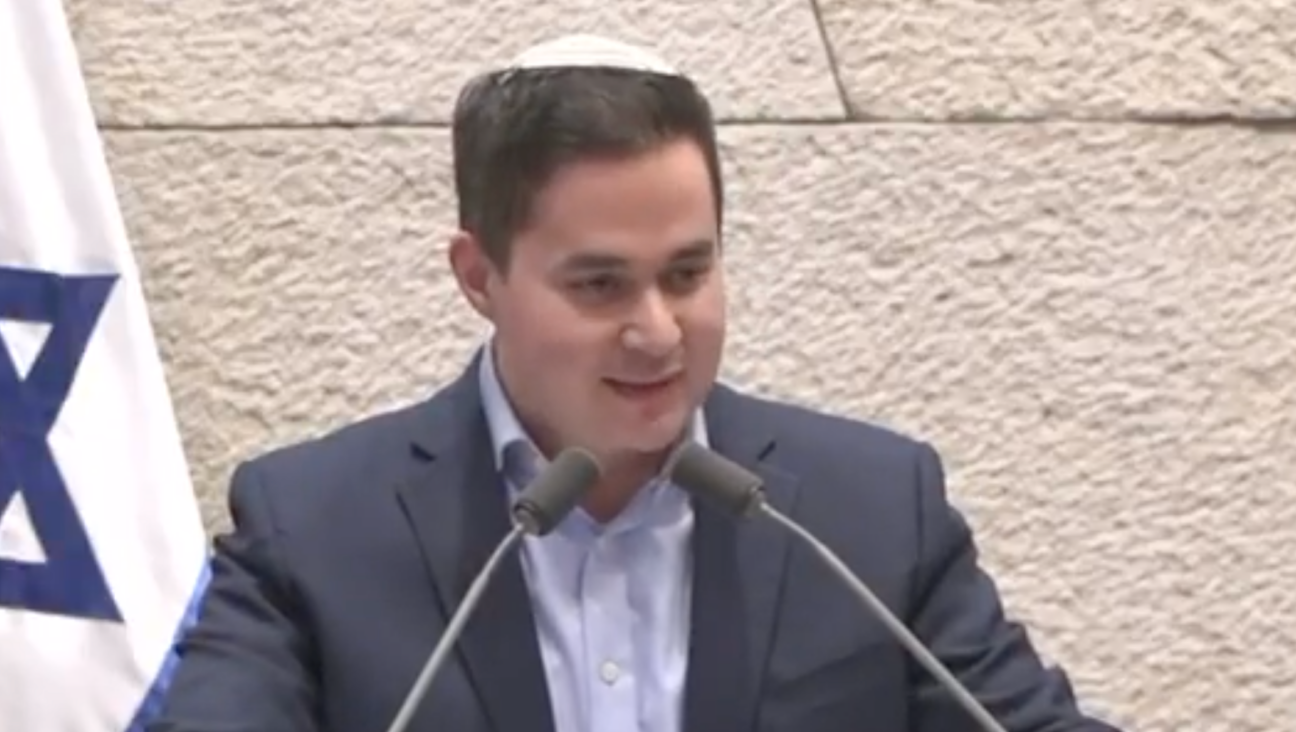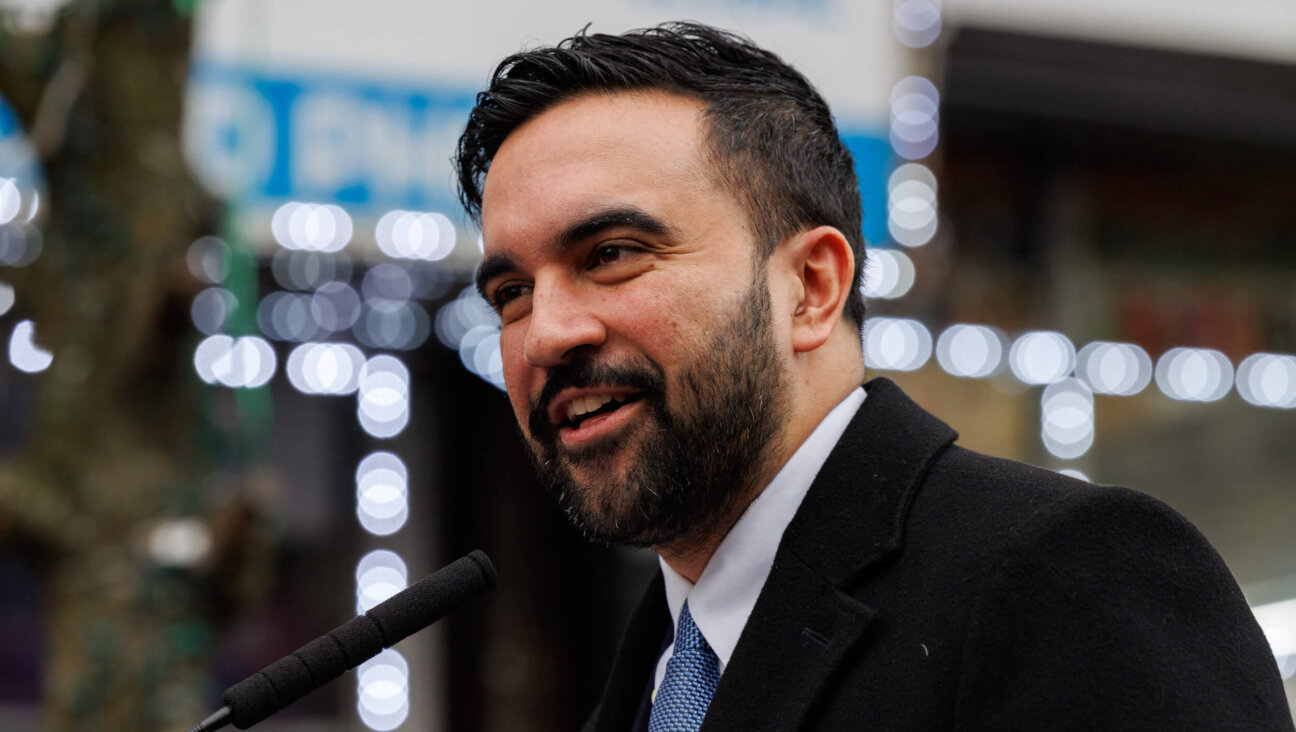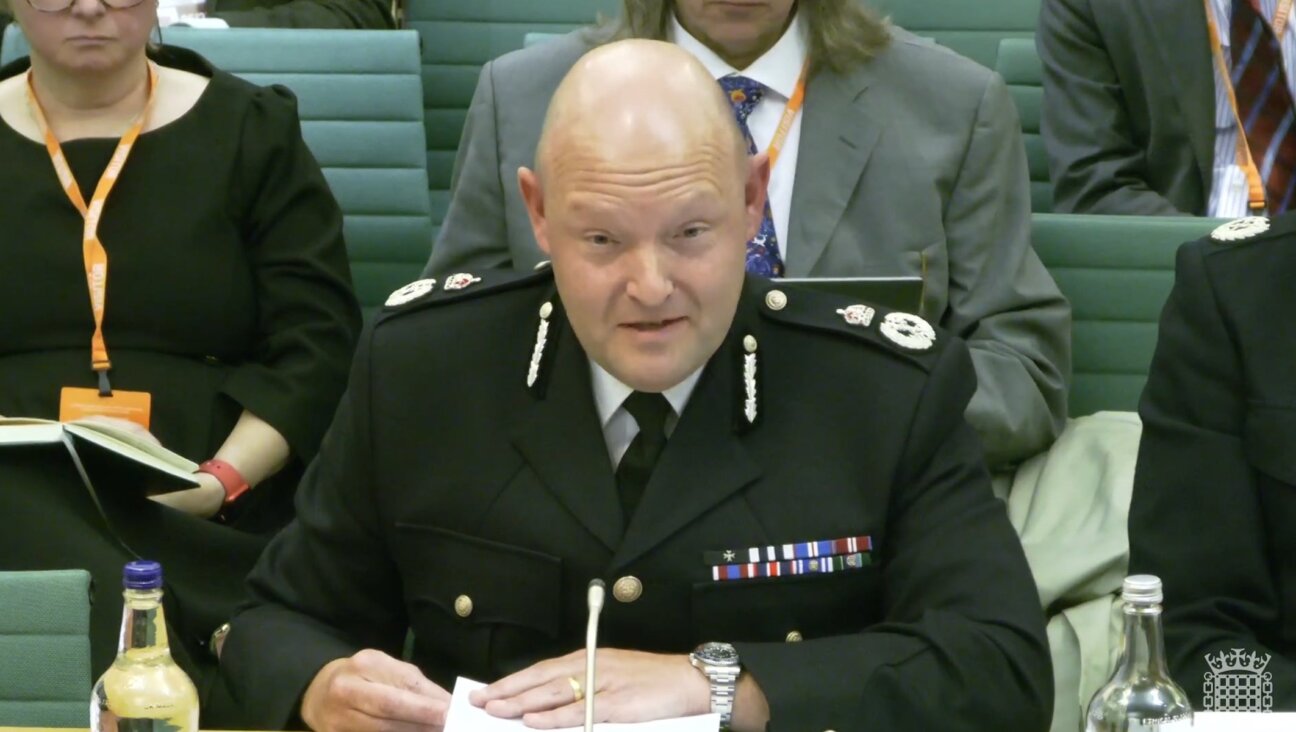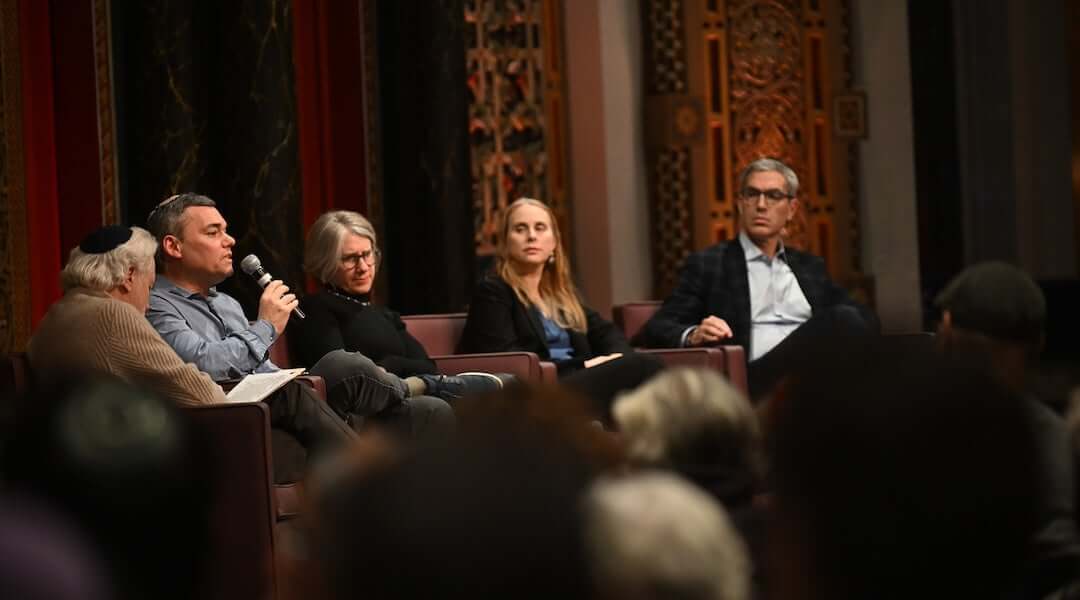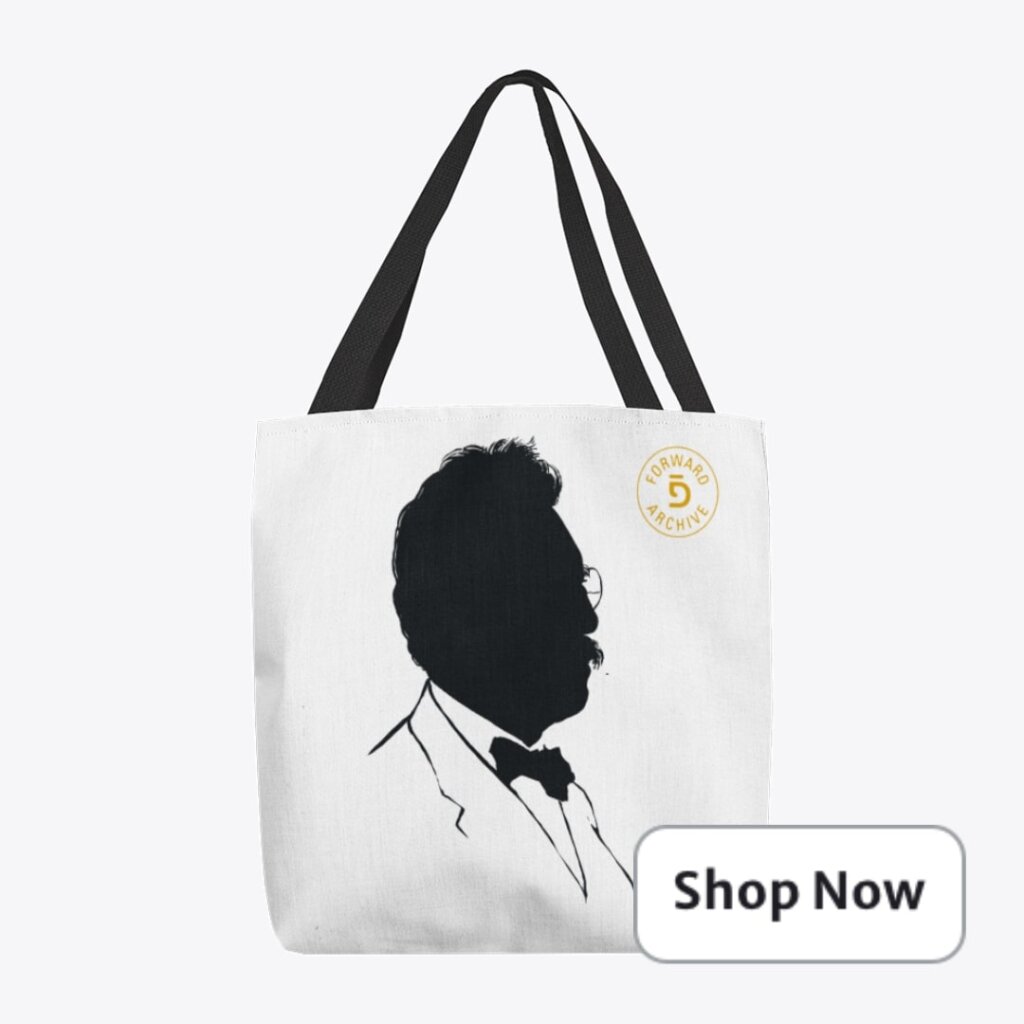‘Fantastic Four: First Steps’ sends The Thing to shul — and gives Jack Kirby credit
The Marvel film embraces Ben Grimm’s Jewish roots and pays moving tribute to the man who drew him
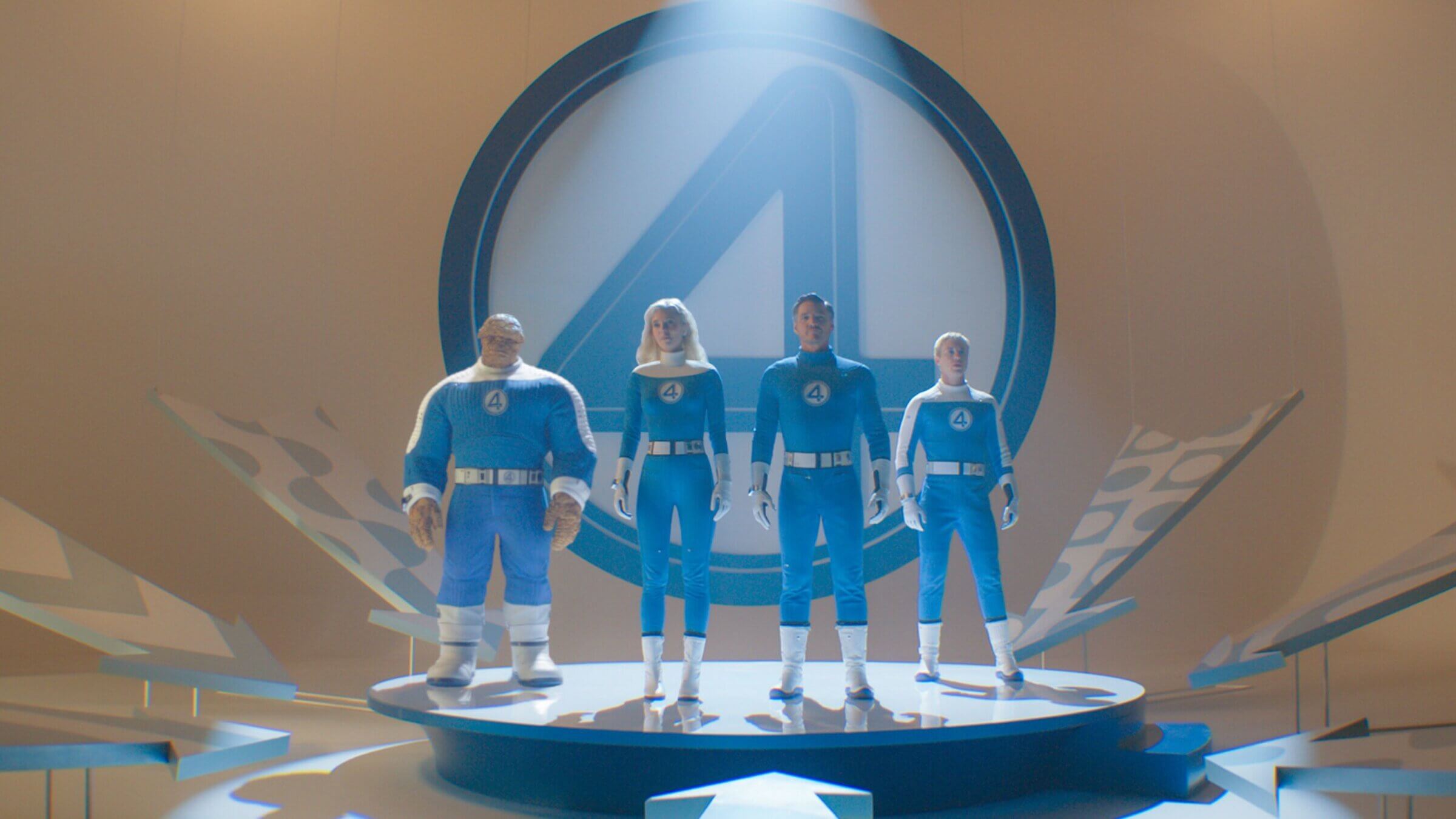
Is Marvel’s First Family a Yiddishe one? Photo by Disney
Fantastic Four: First Steps takes place in Marvel artist Jack Kirby’s world — literally.
It’s only at the end of the film that it’s revealed that Earth-828, the version of our planet that Marvel’s First Family ends up saving, is a named to honor of Kirby’s birthdate, August 28. But there are hints of the Fantastic Four co-creator’s guiding influence throughout.
Ben Grimm a.k.a. The Thing, played here by The Bear’s Ebon Moss-Bachrach, is a dead ringer for King Kirby’s original heavy-browed design. The artist’s trademark energy “krackles” and retrofuturistic backgrounds (once au courant) are everywhere, and a pair of familiar men in a midtown comic book office appear in a quick, cutaway cameo.
And then, Ben goes to Yancy Street.
Wearing a Brooklyn Dodgers cap, the golem-that-Jack-drew pops into a deli called Maisie’s, whose vertical white sign recalls Katz’s, to pick up some black-and-white cookies. As first seen in the teaser trailer, the neighborhood, with its Yiddish signs, is riffing on the Delancey Street of Kirby’s youth (Jacob Kurtzberg was born at 147 Essex St.; this summer the corner of Delancey and Essex was renamed “Yancy Street/Jack Kirby Way” in his honor, part of promo for the film).
Soon a group of children ask Ben to pick up a Volkswagen Beetle. While this moment was featured in the teaser, in the film we see the gate the kids stand by is adorned with a Star of David — the courtyard of a synagogue.
The Thing obliges his coreligionists, heaving the Hitler-devised automobile over his head. But then their teacher shows up to ruin the fun. Natasha Lyonne, as a character named Rachel Rozman, makes his acquaintance.
“You grew up near on Yancy, huh?” she asks. He’s able to point to where exactly. Could he have belonged to this congregation?
“You know, it feels really good being back here,” Ben says. “I like that things stay the same.”
An understandable sentiment for a man who, four years prior, was transformed into stone. The pair reminisce over their childhoods, when Ben — perhaps as part of his Yancy Street Gang past — stole Maisie’s black and whites. It’s a meet cute, and Rachel invites him to “maybe step inside next time.”
He will. Though not for spiritual guidance.
Rachel is a new character made for the film, but some are thinking, given her last name, she is an homage to Kirby’s wife, Rosalind, who went by “Roz.” It’s no secret that Kirby himself identified with Grimm, and even looked a bit like him. Once again, it behooves me to link to Kirby’s Hanukkah card featuring the character.
The Thing’s Jewishness was never confirmed in Kirby’s run on Fantastic Four — it wasn’t until 2002, nearly 20 years after the artist’s death, that the quiet part was said out loud in the comics. But the film’s less than subtle suggestion that Grimm is Jewish, later sending him to shul to see Rachel (with a kind of rabbinic rock beard), is in keeping with Kirby’s conception of the character, long understood as his alter ego.
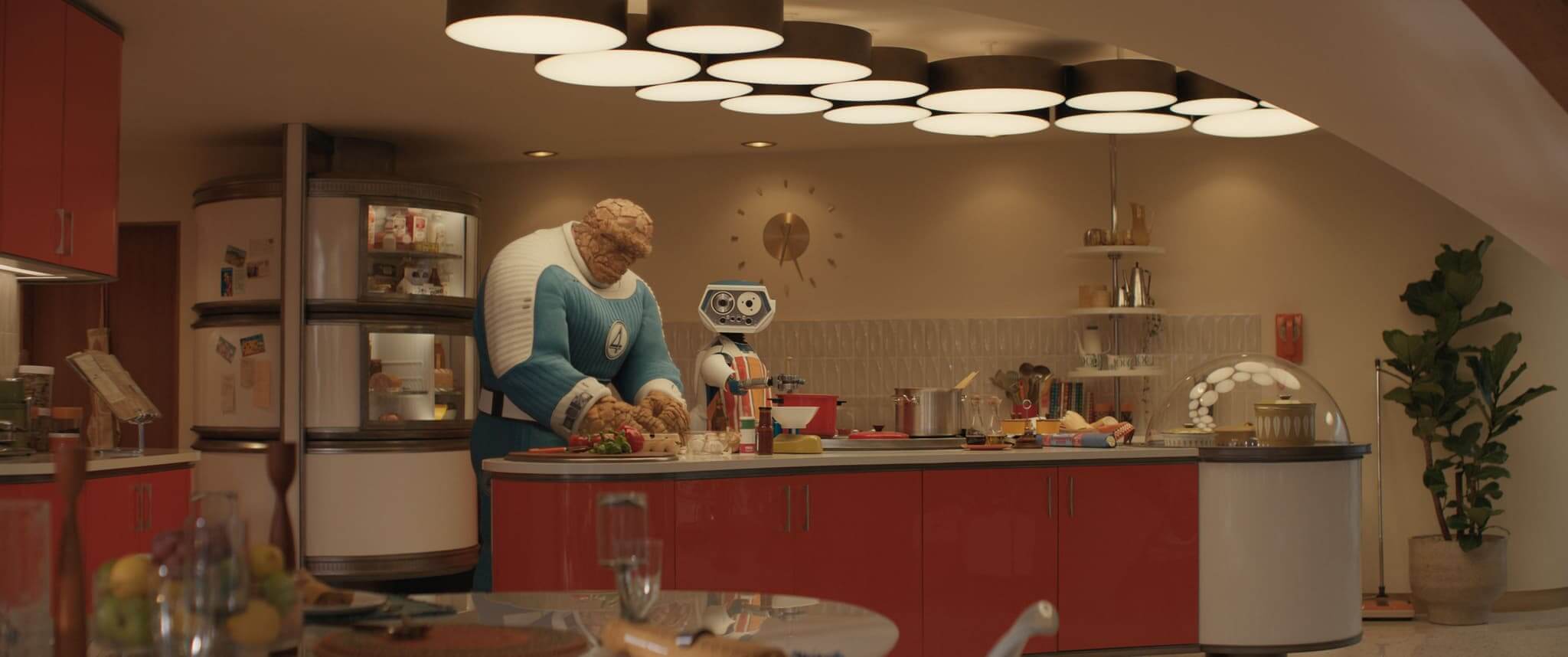
As a Kirby quote ending the film states: “If you look at my characters, you will find me. No matter what kind of character you create or assume, a little of yourself must remain there.”
Those looking for Yiddishkeit — and a long overdue celebration of Kirby in the Marvel Cinematic Universe — will not be disappointed. But director Matt Shakman, with a screenplay by Josh Friedman, Eric Pearson, Jeff Kaplan and Ian Springer, packed in even more Jewish content, though likely inadvertently.
While Ben fails to say “mazel tov” to Sue Storm and Reed Richards, expecting their first child, Mr. Fantastic and the Invisible Woman spend much of the film’s first act conducting prenatal genetic testing on their baby.
That is fantastically Jewish.
